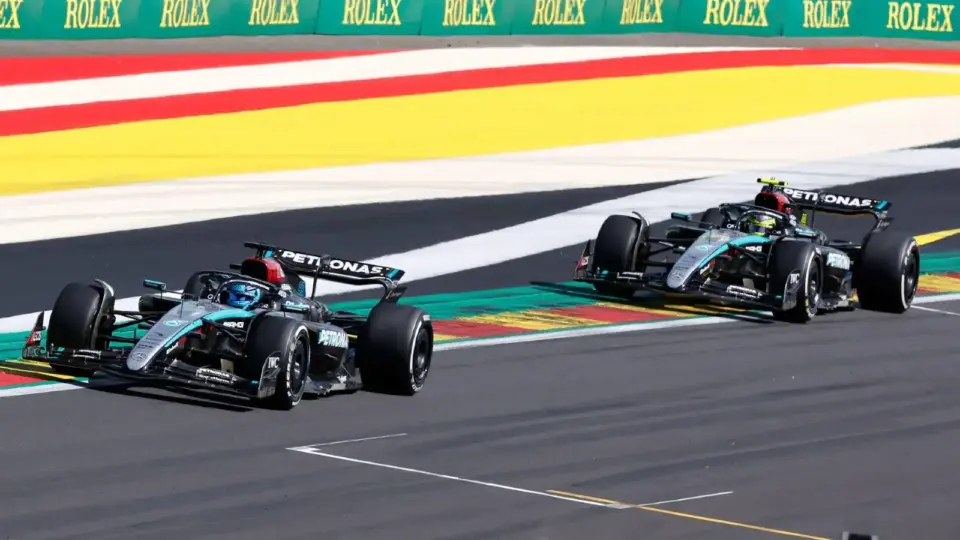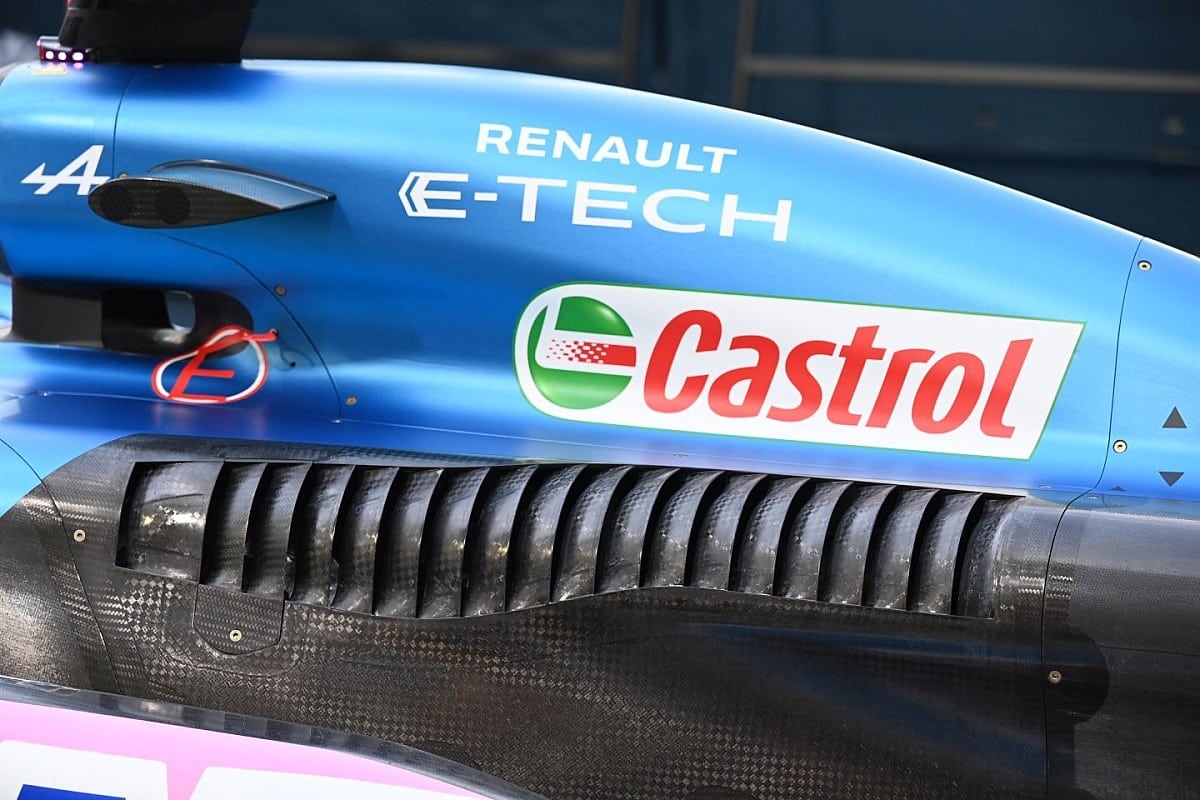The FIA has rolled out key regulation changes as F1 teams gear up for the 2026 season.
- Mule cars will be making a comeback, set to aid in the smooth transition to new technical regulations.
- A new rule has been added to the braking systems to prevent loopholes.
- Stewards now have enhanced powers for penalizing drivers who can’t serve penalties during the race.
- Drivers will be toe-tapping to the National Anthem two minutes earlier than before.
The FIA has confirmed several changes to the F1 regulations for the rest of the 2024 championship. These adjustments come as the organization prepares for substantial regulatory shifts in 2026. One of the significant changes includes the reintroduction of ‘mule cars,’ which are modified versions of current vehicles. These will help test new components and configurations for the upcoming technical rules, ensuring teams can transition smoothly when the time comes. Given their last appearance in 2021 to test new wheels, fans and teams alike are keen to see how these cars will function under the new directives.
Mule cars have been defined under Article 10.10 in the Sporting Regulations. These vehicles are designed and constructed according to current technical regulations or those from the previous four years, with necessary modifications to test components for future regulations. The FIA clarifies that mule cars must undergo minimal modifications solely for testing purposes. This isn’t just about hardware; the new rules emphasize maintaining the integrity of the testing process, ensuring teams don’t use these sessions for unintended development work.
Another noteworthy update in the regulations involves the wording surrounding car breakdowns. Previously, a car breaking down “on track” couldn’t continue; now, the phrasing explicitly states “in any area other than the pitlane” to prevent ambiguity. This change ensures clarity for teams and referees, avoiding any potential disputes about what constitutes a breakdown area in the heat of the competition.
Additionally, the FIA has empowered stewards to impose grid penalties on drivers unable to serve penalties during a race due to withdrawal or technical issues. This move will enforce better discipline and adherence to racing regulations, maintaining fairness throughout the event. As seriousness counts, such penalties apply to grave offenses like drive-throughs or 10-second stop/go penalties.
On a lighter note, the rules now expect drivers to be ready for the National Anthem 16 minutes before the race instead of 14. Though minor, this update brings uniformity and punctuality to pre-race events.
In the technical realm, a new clause in Article 11.1.2 addresses braking systems. It prohibits any systemic mechanism that could create uneven braking torques for a given axle, shutting down potential loopholes that might have allowed teams to exploit this grey area. The FIA’s proactive approach here suggests that while no team has reportedly used such a system, the organization is keen to prevent any unfair advantages.
Overall, the FIA’s slew of regulatory updates underscores their commitment to maintaining a level playing field and ensuring a smooth transition as F1 approaches another significant evolution in 2026.
These adjustments mark a noteworthy phase in the relentless pursuit of fair play and technical evolution in F1.










